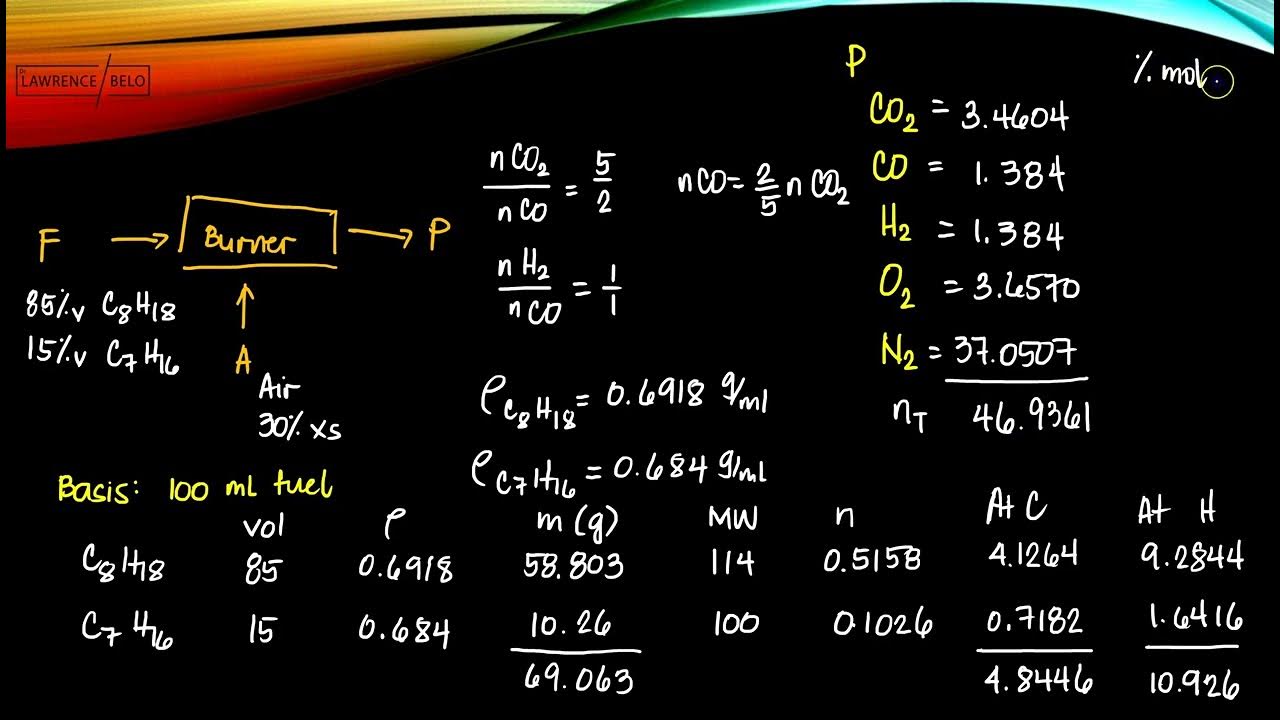شاهد كيف يعمل كاشف غاز اول اكسيد الكربون الكثير يجهل طريقة عمله.
Summary
TLDRIn this detailed guide, the speaker explains the workings of a carbon monoxide detector installed in homes by Sonal Gas. Emphasizing the importance of safety, the video outlines how the device detects carbon monoxide, the various indicators (green, yellow, red), and the significance of each alert. Viewers learn how to properly install the detector, where to position it for optimal performance, and how to troubleshoot common issues, including how to reset the device. The speaker also clarifies misconceptions about the device being a spy tool and demonstrates its functionality through practical examples, highlighting how it can save lives by warning users of dangerous gas levels.
Takeaways
- 😀 This video introduces a detailed explanation of a carbon monoxide gas detector device, emphasizing its importance for home safety.
- 😀 The device detects carbon monoxide (CO) gas, which is produced by incomplete combustion of organic materials and city gas.
- 😀 The device is typically installed on the ceiling, 50-70 cm from the top, away from heat sources like stoves or heaters.
- 😀 A green light flashing every 6-10 seconds indicates the device is working properly and there is no danger.
- 😀 The device does not detect natural gas (city gas), which has a strong odor due to added sulfur for easy detection in case of leaks.
- 😀 A yellow flashing light indicates a low battery or malfunction, while a red light signals a high CO concentration, indicating danger.
- 😀 The device displays the CO concentration in parts per million (PPM), which is crucial for assessing safety levels.
- 😀 The alarm sounds when the CO concentration reaches dangerous levels (e.g., 970 PPM), signaling the need for immediate ventilation and safety precautions.
- 😀 If the alarm does not stop, resetting the device by removing and reinserting the battery can help restore its normal functioning.
- 😀 The video also addresses common misconceptions, such as the idea that the device contains a spy camera, clarifying that this is false information.
- 😀 The video emphasizes the importance of multiple CO detectors in large homes or areas with potential gas exposure to ensure safety.
Q & A
What is the main purpose of the carbon monoxide detector discussed in the video?
-The main purpose of the carbon monoxide detector is to protect individuals from carbon monoxide poisoning by alerting them when dangerous levels of the gas are present in the home.
How does the carbon monoxide detector indicate that it is functioning properly?
-The detector shows a green light that blinks every 6 to 10 seconds when it is in standby mode and working properly, indicating there is no immediate danger.
What does the red light on the device signify?
-The red light signifies a dangerous level of carbon monoxide in the environment, indicating a risk to health and safety.
What does the yellow light on the device indicate?
-The yellow light indicates that the battery is low or the device is malfunctioning and may not be working properly.
What should you do if the device emits an alarm?
-If the alarm sounds, you should immediately ventilate the area by opening windows and doors, and investigate any possible carbon monoxide leak.
Where should the carbon monoxide detector be placed in the home?
-The detector should be placed between 50 cm to 70 cm from the ceiling, away from heat sources like stoves or heaters, and should not be placed in kitchens or areas with high humidity.
What types of gas does the device detect?
-The device specifically detects carbon monoxide (CO) and is not designed to detect city gas or butane gas, which can be distinguished by their added odorants.
What happens when the carbon monoxide concentration increases in the room?
-As the concentration of carbon monoxide increases, the detector’s display will show higher numbers, and the device will trigger a loud alarm when dangerous levels are reached.
What does 'ppm' mean in the context of the carbon monoxide readings?
-PPM stands for 'parts per million', which is a unit of measurement used to show the concentration of carbon monoxide in the air. For example, 30 ppm means 30 parts of carbon monoxide in one million parts of air.
What should you do if the alarm does not stop sounding?
-If the alarm continues to sound without stopping, you should remove the battery for a few seconds, then reinsert it. This should reset the device and stop the alarm if it is functioning correctly.
Outlines

此内容仅限付费用户访问。 请升级后访问。
立即升级Mindmap

此内容仅限付费用户访问。 请升级后访问。
立即升级Keywords

此内容仅限付费用户访问。 请升级后访问。
立即升级Highlights

此内容仅限付费用户访问。 请升级后访问。
立即升级Transcripts

此内容仅限付费用户访问。 请升级后访问。
立即升级浏览更多相关视频

18 A - Sample Problem on Combustion of Liquid Fuels (Case 1)

Jovens morreram asfixiados por monóxido de carbono em carro, conclui perícia

Carbon monoxide poisoning

New breakthrough claims 90% reduction in Steelmaking emissions.

Diffusing Capacity in Lung Disease: A Comprehensive Guide

Bahayakah Emisi Gas Buang?
5.0 / 5 (0 votes)
